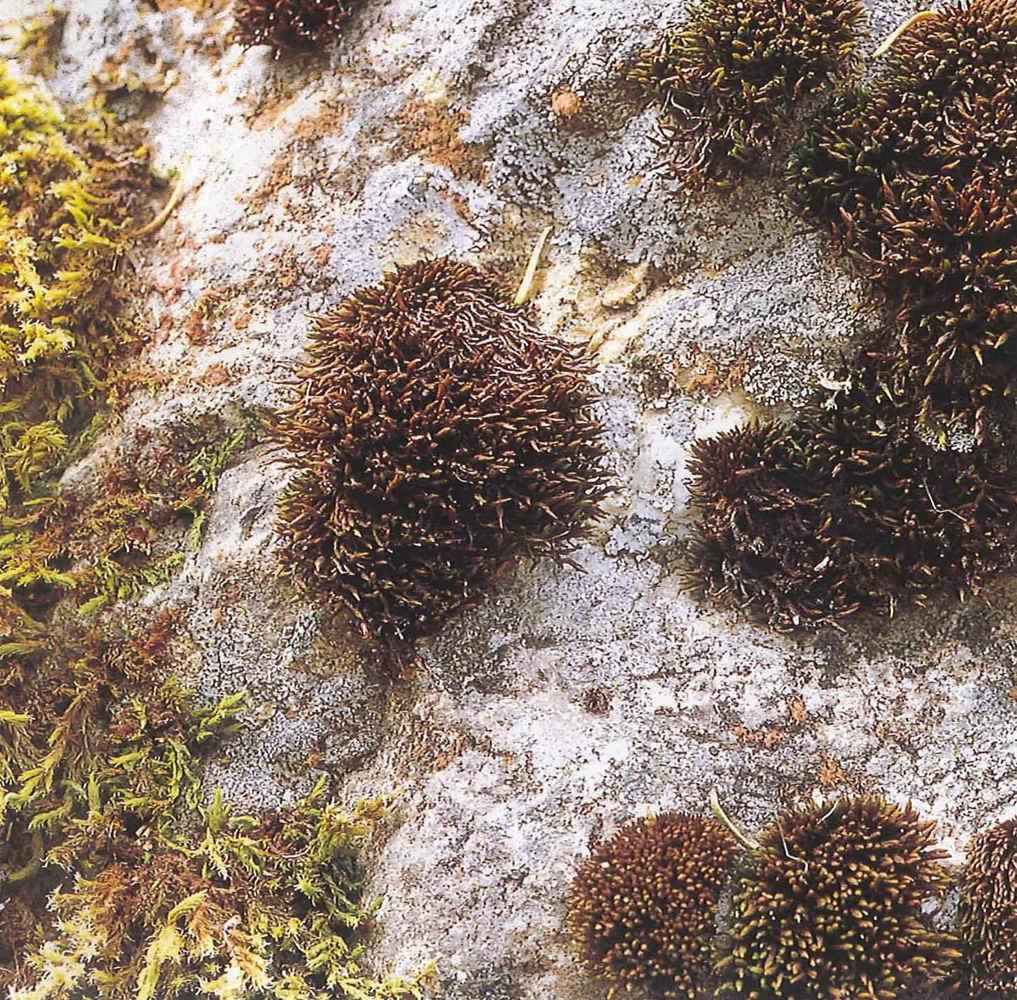
ba68d8b47c57c76e46532aece6b21e0f.jpg from: https://taieol.tw/pages/8470
Introduction
In the vast and captivating world of bryophytes, the Andreaea frigida Huebener moss stands out as a true marvel of nature. Belonging to the Andreaeaceae family, this diminutive yet resilient species has carved out a niche for itself in some of the harshest environments on Earth. Let’s embark on a journey to unravel the secrets of this extraordinary moss, affectionately known as Andreaea.
Background
Before delving into the intricacies of Andreaea frigida Huebener, it’s essential to understand the broader context of bryophytes. These non-vascular plants, which include mosses, liverworts, and hornworts, are often overlooked but play a crucial role in various ecosystems. They are among the oldest land plants, dating back to the Paleozoic era, and have adapted to thrive in a wide range of habitats, from tropical rainforests to Arctic tundras.

il_fullxfull.3021959034_bzf5.jpg from: https://www.thebryophytanursery.com/listing/989144102/terrarium-red-moss-andreaea-alpina-with
Main Content
Morphology and Identification
Andreaea frigida Huebener is a small, tufted moss that forms dense cushions or mats on rocks or soil. Its leaves are narrow, lance-shaped, and arranged in a spiral pattern around the stem. The distinctive feature of this moss is its dark, almost black color, which is a result of its unique adaptation to harsh environments. This coloration helps protect the plant from intense UV radiation and desiccation.
Global Distribution and Habitat
Andreaea species are found worldwide, but Andreaea frigida Huebener is particularly well-adapted to cold, alpine, and Arctic regions. It thrives in areas with low temperatures, high winds, and limited moisture, such as rocky outcrops, cliffs, and exposed mountainsides. This moss is a true survivor, capable of withstanding extreme conditions that would be inhospitable to most other plant life.
Ecological Roles and Adaptations
Despite its diminutive size, Andreaea frigida Huebener plays a vital role in the ecosystems it inhabits. It acts as a pioneer species, colonizing bare rock surfaces and facilitating the establishment of other plants. Additionally, its dense mats help retain moisture and provide shelter for various microorganisms, contributing to the overall biodiversity of the area.
One of the remarkable adaptations of Andreaea is its ability to survive desiccation. During periods of drought, the moss can enter a state of dormancy, reviving itself when moisture becomes available again. This resilience is further enhanced by its dark pigmentation, which protects it from harmful UV radiation and helps conserve water.
Case Studies/Examples
In the Arctic regions of Svalbard, Norway, Andreaea frigida Huebener is a dominant species, forming extensive mats on exposed rock surfaces. These moss communities play a crucial role in stabilizing the soil and providing a foothold for other plant species to establish themselves, contributing to the overall ecosystem’s resilience in this harsh environment.
Technical Table
| Characteristic | Description |
|---|---|
| Family | Andreaeaceae |
| Genus | Andreaea |
| Species | Andreaea frigida Huebener |
| Growth Form | Tufted, cushion-forming |
| Leaf Shape | Narrow, lance-shaped |
| Color | Dark, almost black |
| Habitat | Alpine, Arctic, exposed rock surfaces |
| Adaptations | Desiccation tolerance, UV protection |
Conclusion
Andreaea frigida Huebener is a true testament to the remarkable resilience and adaptability of bryophytes. This unassuming moss has carved out a niche for itself in some of the most inhospitable environments on our planet, thriving where few other plants can survive. As we continue to explore and appreciate the diversity of life on Earth, let us ponder this thought-provoking question: What other wonders lie hidden in the microscopic world of mosses, waiting to be discovered and celebrated?